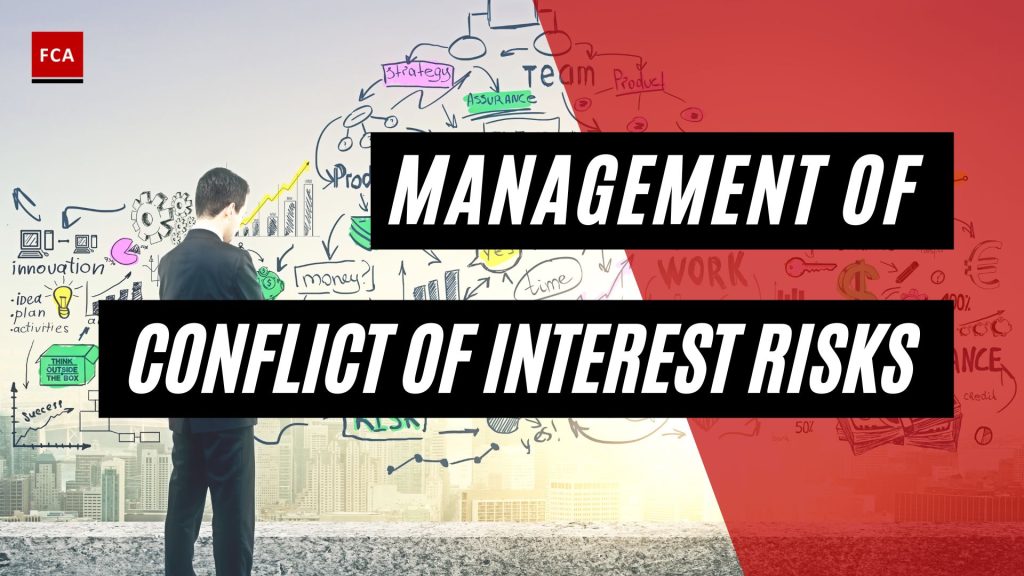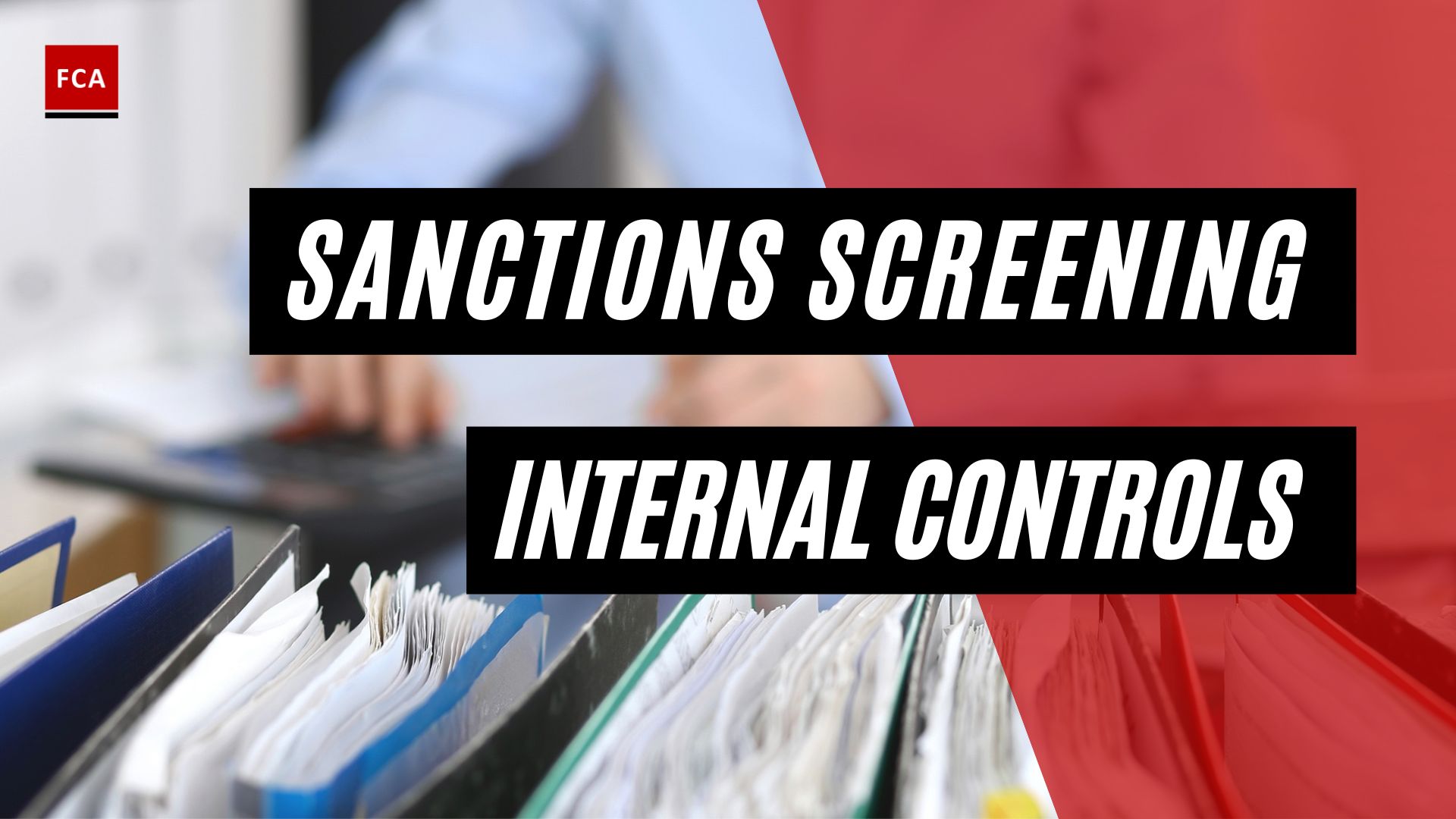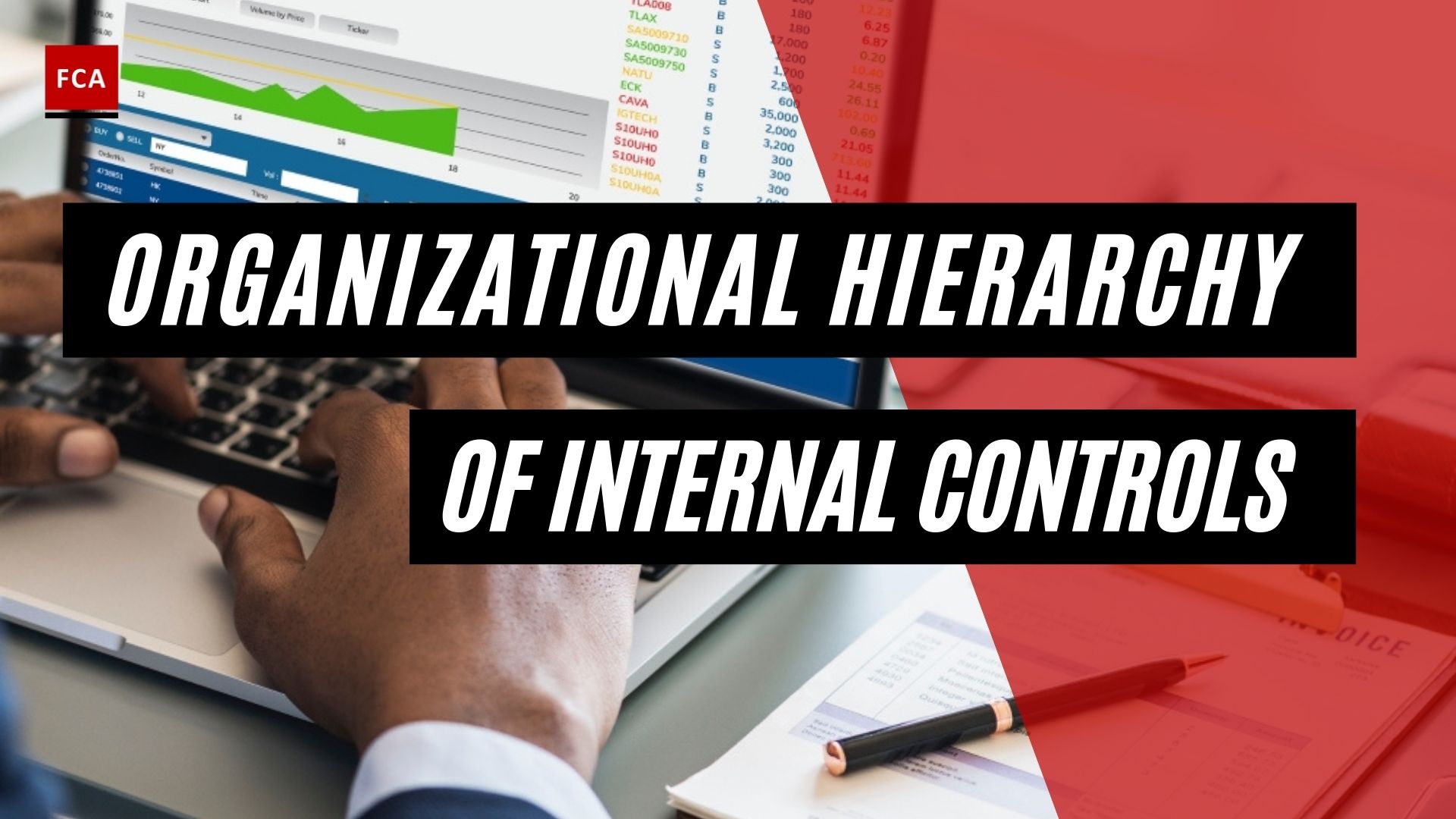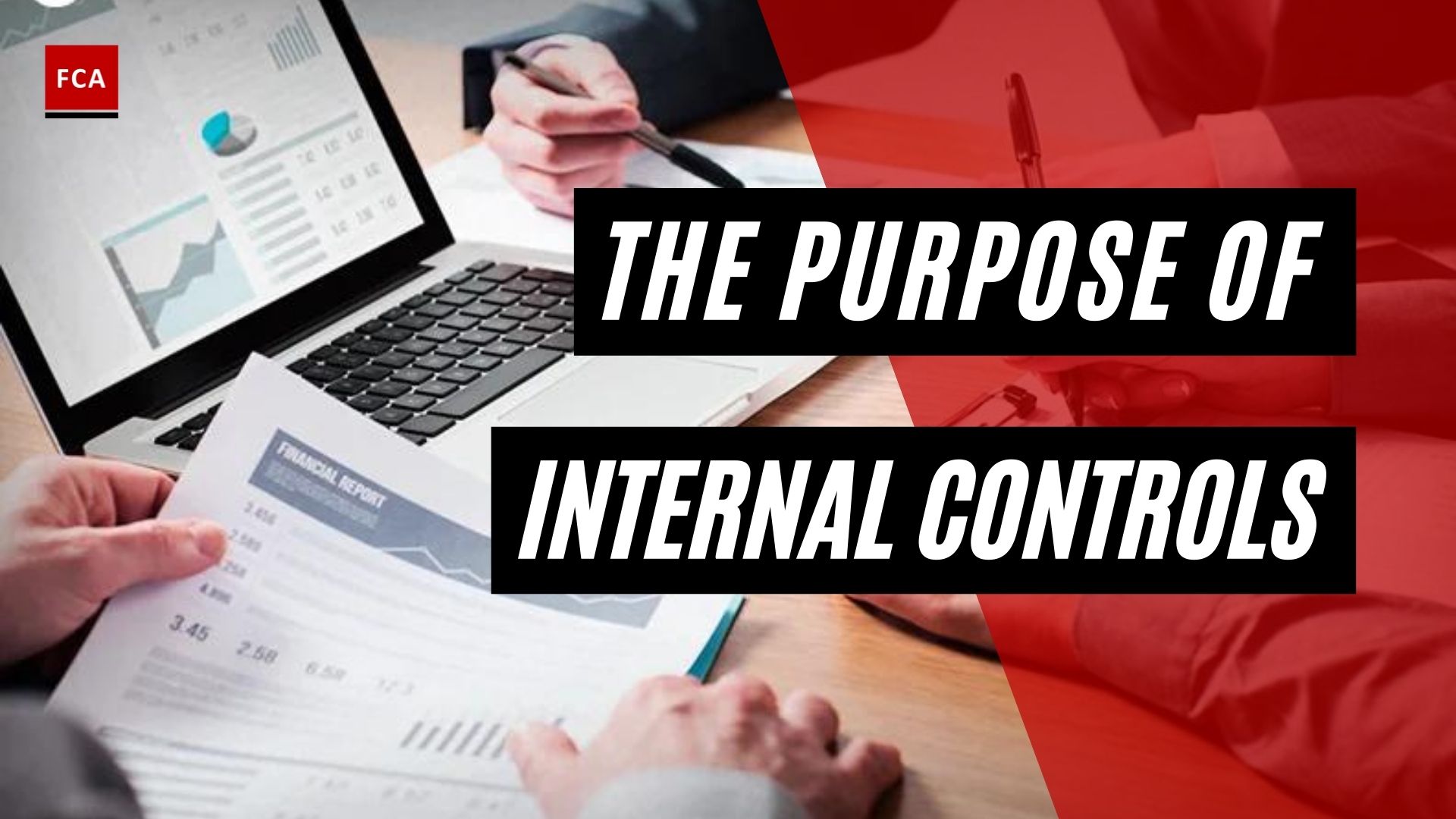Management of conflict of interest risks requires a balance. At present, every big business in Ukraine tries to manage the risks associated with situations of a conflict of interest. Why? Because owners and management are well aware of the consequences of realizing such risks. These risks range from the deterioration of the microclimate in the team to the organization of fraudulent schemes. Such may result in direct financial and reputational losses.

What is a Conflict of Interest?
A conflict of interest is a conflict between an employee’s obligation to act honestly and reasonably in the company’s interest and the private interests of the employee or their affiliated persons.
Types of a Conflict of Interests
The Law of Ukraine on Prevention of Corruption defines two types of conflict of interest: real and potential.
- A real conflict of interest is a conflict between a person’s private interest and their official or representative powers that affects the objectivity or impartiality of decision-making and taking or not taking action while exercising the mentioned powers.
- A potential conflict of interest is when a person has a private interest in the field in which they exercise their official or representative powers, which may affect the objectivity or impartiality of the decisions made by them and taking or not taking actions while exercising the mentioned powers.
Simply put, the difference between a potential and a real conflict of interests is that the potential may only affect objectivity, and the real one already affects it.
Management of Conflict of Interest Risks Situations
It should be understood that a conflict of interest may arise between employees of a company and between employees and outsiders (such as legal entities, entrepreneurs, etc.) to build an effective management system of conflict of interest risks. Different situations require different ways of settling them.
The most typical situations of a conflict of interest that occur in companies are as follows:
- Direct or indirect administrative subordination between an employee and their affiliated person
- Direct functional subordination between an employee and their affiliated person
- Participation of an employee in the annual assessment of the activity of their affiliated person, as well as in making decisions concerning promotion, transferring, bonus awarding, and increasing the salary of their affiliated person.
- Exercising by an employee of the supervisory units of their official powers (supervisory functions) concerning their affiliated persons
- Participation of an employee in the working group concerning the incident investigation in which their affiliated person was involved
- Combining work for the legal entity that is a competitor or counterparty of the company for which an employee works
- Ownership of a share of corporate rights in the competitor’s legal entity or the legal entity that is a counterparty of the company for which an employee works
- Belonging to the governing body of the competitor’s legal entity or the legal entity that is a counterparty of the company for which an employee works
- Registration as an individual entrepreneur that carries out economic activity in the field of activity of the company for which such a person works
- Registration as an individual entrepreneur whose types of activity intersect with the functional responsibilities of such a person.

The Regulatory Framework
Introducing the regulatory documents that govern the process of managing situations of a conflict of interest and bringing their requirements to the attention of employees is something to start with if you build the process in the company from scratch. Such documents include, in particular, the code of ethics and the procedure, regulation, or policy for managing situations of a conflict of interest. Therefore, it is necessary to think in advance about properly communicating the introduction of the regulatory framework.
The mentioned documents must contain at least the following elements: basic notions and definitions, basic rights and responsibilities of participants of the process, typical situations of a conflict of interests, the procedure for settling them and the obligation to disclose such situations, liability for the breach of the requirements of the documents, etc. In developing the regulatory framework, it is necessary to involve all participants in the process, depending on the company’s specifics (lawyers, HR, security unit, etc.).
In some cases, it is advisable to conduct focus groups among employees and to collect feedback on draft documents before their introduction. Internal documents must establish the most transparent and unambiguous rules, which must be properly communicated to the company team employees have to clearly understand how to act in certain situations, whom to address for advice, etc.
Identification of Situations of a Conflict of Interest
The first and most effective stage is identifying situations of conflict of interest. It should be done in the following processes:
- Hiring of candidates
- Transfer of employees from one position to another
- Acquisition of the status of a member of a collegial body
- Periodic declaration by all employees
- An employee’s desire to declare a situation of a conflict of interests
The first three points can be made through a special questionnaire, which contains a series of questions, the answers to which will help identify a potential or real conflict of interests of a candidate or employee and to settle such situations in advance. At the same time, a company can decide whether to require a declaration from all employees or only from those who occupy the most-risky positions, for example, only among executives of a certain level.
Depending on the capabilities and desires of a company, the survey can be conducted electronically or on paper. It is possible to use a distance learning system, accounting system, internal corporate portal, etc., to implement an electronic declaration system.
Some specialists believe that voluntary declaring is ineffective for identifying situations of a conflict of interest. However, it should be understood that a company can only conduct full-fledged inspections of some employees and do this regularly because the information can change over time. Therefore, voluntary declaring is a compromise between a full-fledged inspection and the absence of any inspection.
Thus, to make a declaration system as effective as possible, it is required to conduct a strong communication campaign among employees and convey several points to them:
- The existence of a situation of a conflict of interests itself is not a violation. It is a violation to refuse to disclose such a situation in time.
- The company seeks to settle situations by considering the employee’s interests.
- The timely settled situations of a conflict of interests in the company help minimize losses, positively influence relations in the team and minimize the employees’ desire to commit violations related to the existence of such situations, that is, reduce the risk of violations and prosecution for the employees themselves.
The process will be effective when employees are your allies, not enemies.

Settlement of Situations of a Conflict of Interest
The assessment and settlement of potential situations of a conflict of interest should be carried out by the unit that can ensure an objective assessment of the situation – not the immediate supervisor of an employee or candidate or not a representative of the HR department. It can be a compliance manager or a security officer, for example, a person with no real interest in any particular outcome of such an assessment.
Each particular situation requires a detailed analysis and individual approach, but there are main ways to settle situations of a conflict of interests that are most often applied, namely:
- Transfer of an executive to another position
- Transfer of an employee from the subordination to their affiliated person to another position
- Replacement of a person in the process of the annual assessment of activity
- Restrictions on the official powers of an employee
- Admission or transfer of a candidate or employee to the unit that is not within the control powers of their affiliated person
- Restricting the access of an employee to confidential information
- Deprivation of an employee of the participation in negotiations, procurement, and any other interaction with a defined counterparty
- Deprivation of an employee of the participation in the provision of service, works, or goods to a defined counterparty
- Deprivation of a defined counterparty from the participation in the procurement process of the company
- Introduction of additional control or approval over the actions of an employee
For example, let us analyze several typical situations of a conflict of interest.
Example 1
The head of the production department of company A, which is engaged in mechanical engineering, has to purchase parts to ensure the production process. Company B, owned by the father of the head of the department, participates in the tender for the supply. In this situation, several ways of settling the conflict of interest, from radical to the softest ones, can be applied depending on the criticality of procurement and the risk appetite of the company:
- Company B can be excluded from participation in the procurement.
- Company A’s department head can be deprived of participation in the procurement on the part of the company.
- Additional control over the actions of company A’s department head can be introduced (for example, by the security department or CEO).
- It is possible to limit the powers of company A’s department head in terms of making the final decision on the choice of a supplier.
- The risk of possible abuse can be accepted at the level of, for example, the CEO, and no actions are taken to manage the risk if it is impossible to apply other ways of settlement.
In the real case, the third way of settlement was applied in practice – the introduction of additional control by the employee’s supervisor, who was in a real conflict of interest.
Example 2
A company hires the candidate whose immediate supervisor will be her mother. In this case, it is also possible to apply several ways of settlement – some of them will have only a partial effect:
- To offer the candidate a position in another department.
- To transfer the supervisor to another position.
- To introduce additional control on the part of the HR or executive of a higher level over the candidate’s salary increase, bonuses, promotion, inclusion in the personnel reserve programs, etc.
- To limit the supervisor’s powers in making decisions regarding salary increase, payment of bonuses, promotion, the candidate’s inclusion in the personnel reserve programs, etc.
- To accept the risk of possible abuse at the level of, for example, the CEO and not take any actions to manage the risk.
In the real case, due to the candidate’s unique expertise and experience, the third way of settlement was applied in practice: introducing additional control by an independent unit. This way of settlement is only acceptable for some companies. Still, in the realia of our country, given the sometimes rather narrow labor market, it is not always possible to take radical steps to refuse to cooperate, for example, completely.
There is a fairly long list of possible ways to settle a conflict of interest. It is to be kept in mind that not all of these ways provide 100% risk mitigation. Some companies refuse to employ candidates only because they are registered as individual entrepreneurs, which is wrong in terms of legality and managing conflict of interest risks. It is always necessary to consider the employee’s interests and critically assess the real risks that a conflict of interests may pose to the company.
This is not worth considering the situation of a conditional marketing specialist working for a media company and being registered as an individual entrepreneur selling coffee. Such a situation has nothing to do with a conflict of interest. It is also not worth worrying too much about the fact that an employee can use the paid working time to develop their own business; this is primarily a problem for the supervisor of such an employee. The compliance manager must assess a conflict between an employee’s personal interests and the company’s interests, considering the existing powers of such an employee.

Communication and Training
Communication and training are probably the main elements of the whole process, especially if you work not in the banking sector. Sometimes it is very difficult to convince the team that you are their partner, not a police officer, who is only engaged in trying to “tighten the nuts.” It is worth understanding that the process of managing situations of a conflict of interest will not work effectively without employees’ correct perception of the process.
To launch and support the process, in terms of communication, you need to:
- Conduct a communication campaign to introduce the process. There may be workshops for employees, videos, appeals to executives, posters, articles on the corporate portal, communications through e-mail and messengers, etc.
- Constantly demonstrate tone at the top – the company executives must emphasize the need to comply with the requirements of internal documents. It must also show commitment to relevant values through its actions, such as showing zero tolerance for violations, not encouraging the team to achieve business results by violating regulations, etc.
- Conduct regular training sessions for employees through distance learning and/or training
- Create a separate section on the internal portal devoted to compliance issues, including those related to a conflict of interest, and post all regulations, compliance manager contacts, and FAQs.
Successful work with the staff is key to building an effective process of managing conflict of interest risks.
Violation Notification
Employees must be able to report violations of procedures for managing conflict of interest risks. The best way to ensure such a possibility is to set up a hotline that will enable employees to report violations anonymously. In such a case, they feel more protected and are more active in reporting violations.
It is desirable to provide the opportunity to obtain feedback and monitor the application status to ensure that employees do not get the impression that no one considers their applications. All applications must be properly and timely checked, and according to the inspection results, certain management decisions must be made.
Final Thoughts
Managing a conflict of interest necessitates a delicate balance. Making unacceptable forms of private interest illegal. Raising awareness of the circumstances that can lead to conflict. Increasing capacity to avoid conflicts of interest through training. Ensure effective procedures for resolving conflicts of interest.









